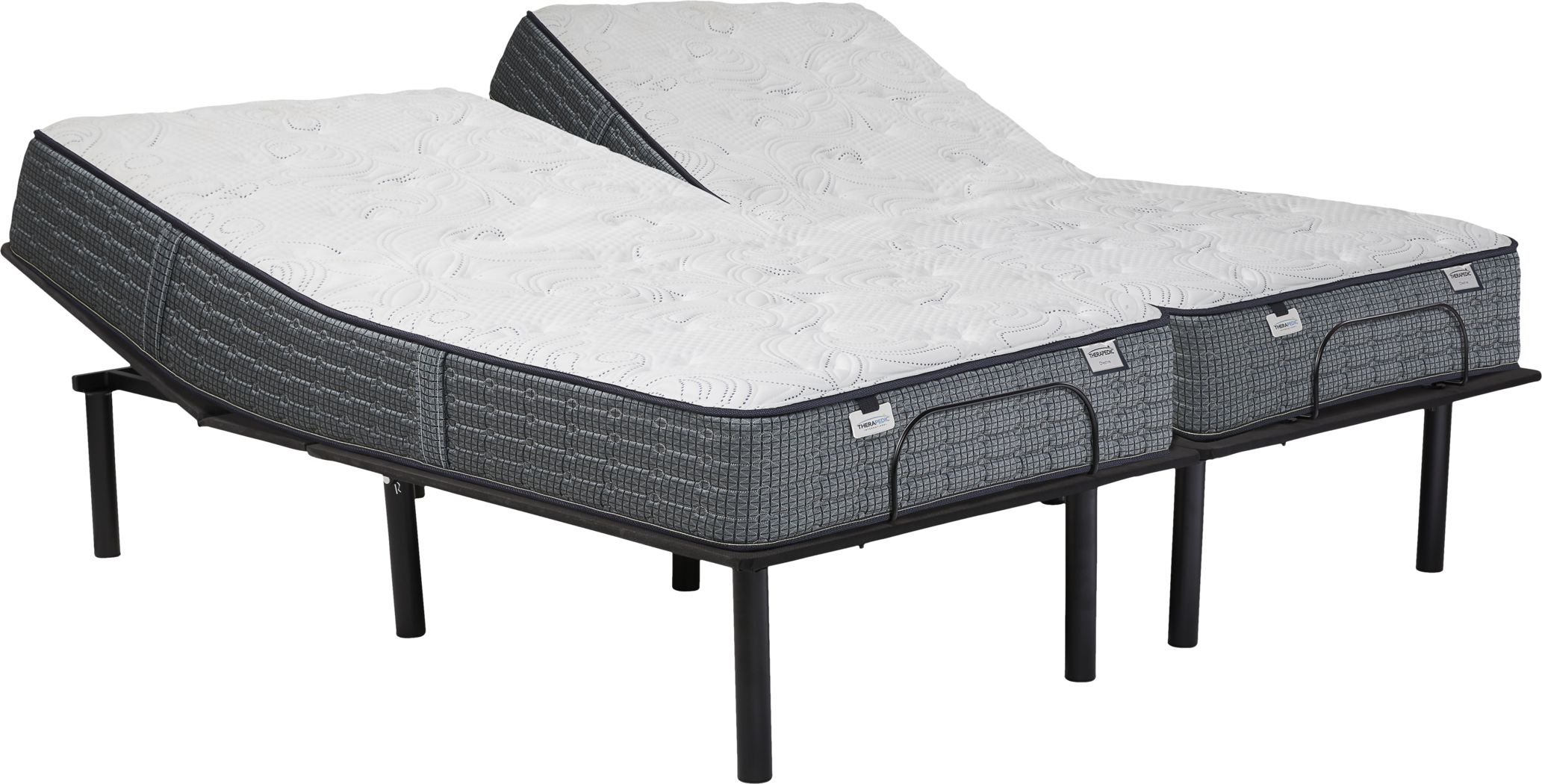If you're looking to give your old dining room table a new lease on life, sanding may be the answer. With the right tools and techniques, sanding can remove scratches, stains, and other imperfections, leaving your table looking like new. But before you grab your sandpaper, there are a few things you should know.Can I Sand My Dining Room Table
Before you begin sanding, it's important to prepare your table. Start by removing any loose debris or dirt with a soft cloth. If there are any stains, you may want to pre-treat them with a wood cleaner or a mixture of water and vinegar. Once your table is clean and dry, you can start sanding. The first step is to choose the right sandpaper. For most dining room tables, medium-grit sandpaper (around 120-150 grit) will do the trick. If you're dealing with tougher stains or scratches, you may want to start with a coarser grit and gradually move to a finer grit for a smoother finish. When sanding, it's important to move in the direction of the wood grain. This will prevent any visible scratches or marks. Use long, smooth strokes and apply consistent pressure. You may want to wear a dust mask and protective eyewear to avoid inhaling dust or getting it in your eyes. Once you've sanded the entire surface, wipe away any dust with a clean cloth. If necessary, you can repeat the sanding process with a finer grit for a smoother finish. Once you're satisfied with the results, you can move on to refinishing your table.How to Sand a Dining Room Table
If you're on a budget, sanding your dining room table yourself can save you money on professional refinishing services. It's also a great way to get creative and add a personal touch to your table. With a little time and effort, you can achieve professional-looking results without breaking the bank. Before you begin, make sure you have the necessary tools and materials on hand. This includes sandpaper, a sanding block or electric sander, wood cleaner or vinegar, and a clean cloth. You may also want to have a stain or paint ready if you're planning on refinishing your table. Follow the steps outlined in the previous section for sanding your table. Once you're finished, you can choose to apply a new finish or leave it as is for a more rustic look. If you're refinishing your table, make sure to follow the instructions on your chosen stain or paint for the best results.DIY Dining Room Table Sanding
When it comes to sanding your dining room table, there are a few techniques you can use to achieve the best results. One technique is to use a sanding block or electric sander for larger surfaces, such as the table top. This will help you achieve a more even and consistent finish. For smaller or more detailed areas, you may want to use a sanding sponge or sandpaper wrapped around a block of wood. This will allow you to reach tight corners and edges without damaging the wood. You may also want to use a finer grit sandpaper for these areas for a smoother finish. Another important technique is to sand in stages, starting with a coarser grit and gradually moving to a finer grit for a smoother finish. This will help you achieve a more professional-looking result and prevent visible scratches or marks.Sanding Techniques for Dining Room Tables
If your dining room table is looking worn or outdated, refinishing it with sanding can give it a new and improved look. Whether you choose to stain or paint your table, sanding is an essential step in the refinishing process. It will help remove any old finishes or imperfections, leaving you with a clean and smooth surface to work with. When refinishing your table, make sure to follow the instructions on your chosen stain or paint. This may include applying a primer or multiple coats for a more durable finish. You may also choose to add a protective topcoat to further protect your table from wear and tear.Refinishing a Dining Room Table with Sanding
To recap, here are the basic steps for sanding a dining room table: 1. Prepare your table by removing any loose debris or dirt. 2. Choose the right sandpaper for your table. 3. Sand in the direction of the wood grain with consistent pressure. 4. Wipe away any dust with a clean cloth. 5. Repeat the sanding process with a finer grit if necessary. 6. Refinish your table if desired.Steps for Sanding a Dining Room Table
When it comes to sanding your dining room table, the best type of sandpaper to use is medium-grit sandpaper (around 120-150 grit). This will be effective in removing scratches and imperfections without damaging the wood. You may also want to have a finer grit sandpaper on hand for a smoother finish. If you're unsure about which sandpaper to use, you can always consult with a professional or do some research to determine the best type for your specific table and needs.Best Sandpaper for Dining Room Table
When it comes to refinishing a dining room table, you may be wondering whether to sand or strip the old finish. While both methods can achieve similar results, there are a few key differences to consider. Sanding involves using sandpaper or an electric sander to remove the existing finish, while stripping involves using a chemical solution to dissolve the finish. Sanding is usually a more time-consuming process, but it allows for more control and precision. Stripping is faster, but it can be more difficult to control and may require more preparation and cleanup. Ultimately, the best method will depend on your personal preference and the condition of your table.Sanding vs Stripping a Dining Room Table
The time it takes to sand a dining room table will depend on the size of the table, the condition of the wood, and the tools and techniques used. On average, it can take anywhere from 1-3 hours to sand a dining room table. This may also vary if you're refinishing the table or using multiple grits of sandpaper. If you're sanding your table yourself, it's important to take your time and not rush the process. This will ensure that you achieve the best results and avoid any mistakes or damage to your table.How Long Does it Take to Sand a Dining Room Table
To wrap things up, here are a few tips for sanding your dining room table: 1. Start with a clean and dry table. 2. Choose the right sandpaper for your table. 3. Sand in the direction of the wood grain. 4. Use consistent pressure and long, smooth strokes. 5. Wear protective gear to avoid inhaling dust or getting it in your eyes. 6. Sand in stages, using a coarser grit first and gradually moving to a finer grit. 7. Take your time and don't rush the process. With these tips and techniques, you can confidently sand your dining room table and achieve professional-looking results. Whether you're looking to refinish an old table or give your current one a refresh, sanding is an effective and budget-friendly way to achieve a beautiful and updated dining room table.Tips for Sanding a Dining Room Table
The Benefits of Sanding Your Dining Room Table
Revive the Look of Your Table
 One of the main reasons people choose to sand their dining room table is to give it a fresh, new look. Over time, tables can become scratched, stained, and discolored from daily use. Sanding allows you to remove the damaged surface layer and reveal the natural beauty of the wood underneath. By sanding your table, you can revive its appearance and make it look like new again.
One of the main reasons people choose to sand their dining room table is to give it a fresh, new look. Over time, tables can become scratched, stained, and discolored from daily use. Sanding allows you to remove the damaged surface layer and reveal the natural beauty of the wood underneath. By sanding your table, you can revive its appearance and make it look like new again.
Customize Your Table's Finish
 Another advantage of sanding your dining room table is the ability to customize the finish. By sanding down to the bare wood, you have the opportunity to choose a new finish that suits your personal style and complements your home's decor. You can opt for a natural wood finish, stain it a different color, or even paint it to add a pop of color to your dining space. Sanding gives you the freedom to create a table that is unique and tailored to your taste.
Another advantage of sanding your dining room table is the ability to customize the finish. By sanding down to the bare wood, you have the opportunity to choose a new finish that suits your personal style and complements your home's decor. You can opt for a natural wood finish, stain it a different color, or even paint it to add a pop of color to your dining space. Sanding gives you the freedom to create a table that is unique and tailored to your taste.
Extend the Life of Your Table
 Sanding your dining room table not only improves its appearance, but it can also extend its lifespan. By removing the damaged surface layer, you are also removing any potential threats to the wood, such as water damage or deep scratches. Sanding allows you to smooth out the surface and seal it with a protective finish to prevent future damage. This can help your table withstand daily use and last for many years to come.
Sanding your dining room table not only improves its appearance, but it can also extend its lifespan. By removing the damaged surface layer, you are also removing any potential threats to the wood, such as water damage or deep scratches. Sanding allows you to smooth out the surface and seal it with a protective finish to prevent future damage. This can help your table withstand daily use and last for many years to come.
Save Money on Replacement
:max_bytes(150000):strip_icc()/dining-room-table-decor-ideas-21-mindy-gayer-marigold-project-6a8c8379f8c94eb785747e3305803588.jpg) If your dining room table is showing signs of wear and tear, your first thought may be to replace it. However, sanding can be a more cost-effective option. By sanding and refinishing your existing table, you can achieve the same results as buying a new one without the high cost. This is especially beneficial if your table has sentimental value or if you have invested in a high-quality, solid wood table.
Sanding your dining room table is a simple yet effective way to refresh and enhance your home's design. Not only does it improve the look of your table, but it also allows you to customize the finish, extend its lifespan, and save money on replacement. With the right tools and techniques, you can easily sand your dining room table and create a stunning centerpiece for your dining space.
If your dining room table is showing signs of wear and tear, your first thought may be to replace it. However, sanding can be a more cost-effective option. By sanding and refinishing your existing table, you can achieve the same results as buying a new one without the high cost. This is especially beneficial if your table has sentimental value or if you have invested in a high-quality, solid wood table.
Sanding your dining room table is a simple yet effective way to refresh and enhance your home's design. Not only does it improve the look of your table, but it also allows you to customize the finish, extend its lifespan, and save money on replacement. With the right tools and techniques, you can easily sand your dining room table and create a stunning centerpiece for your dining space.








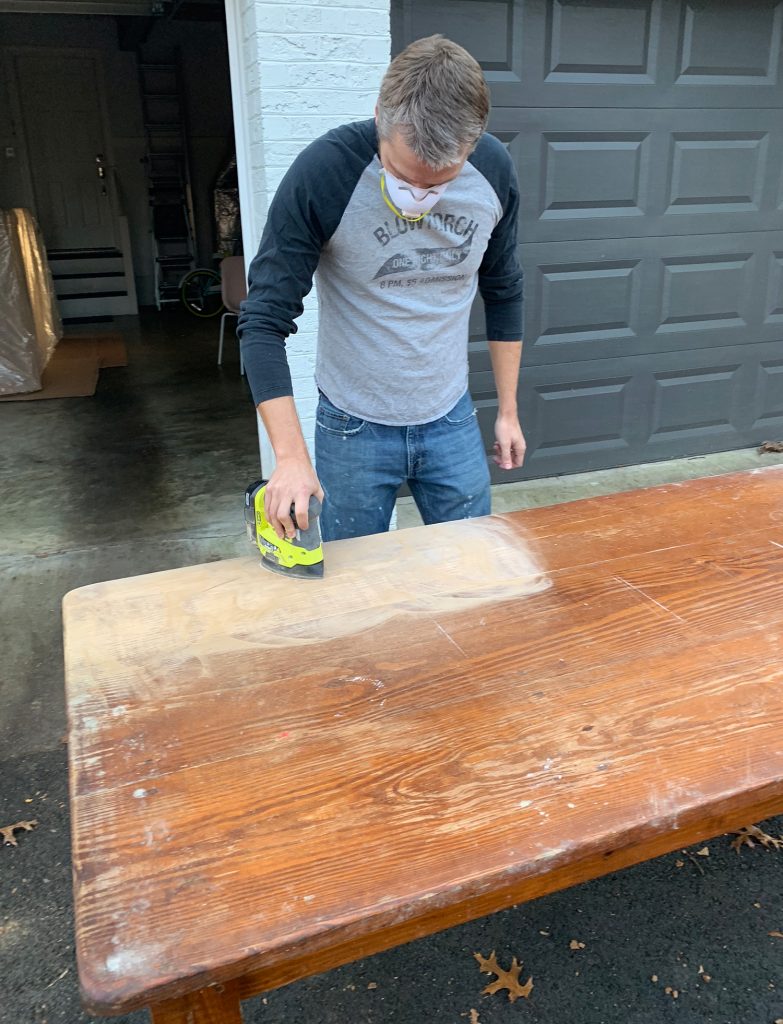


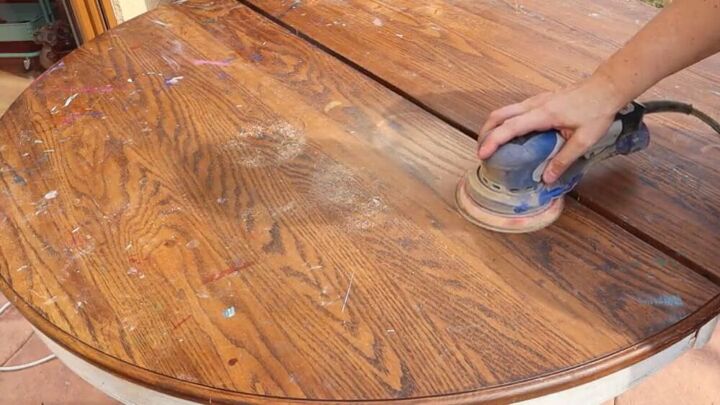

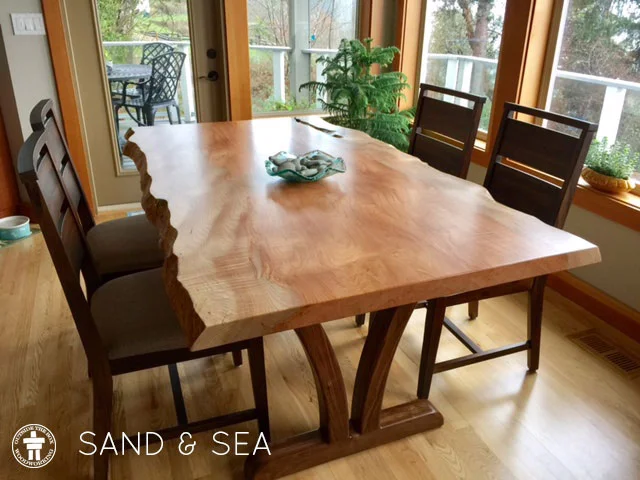




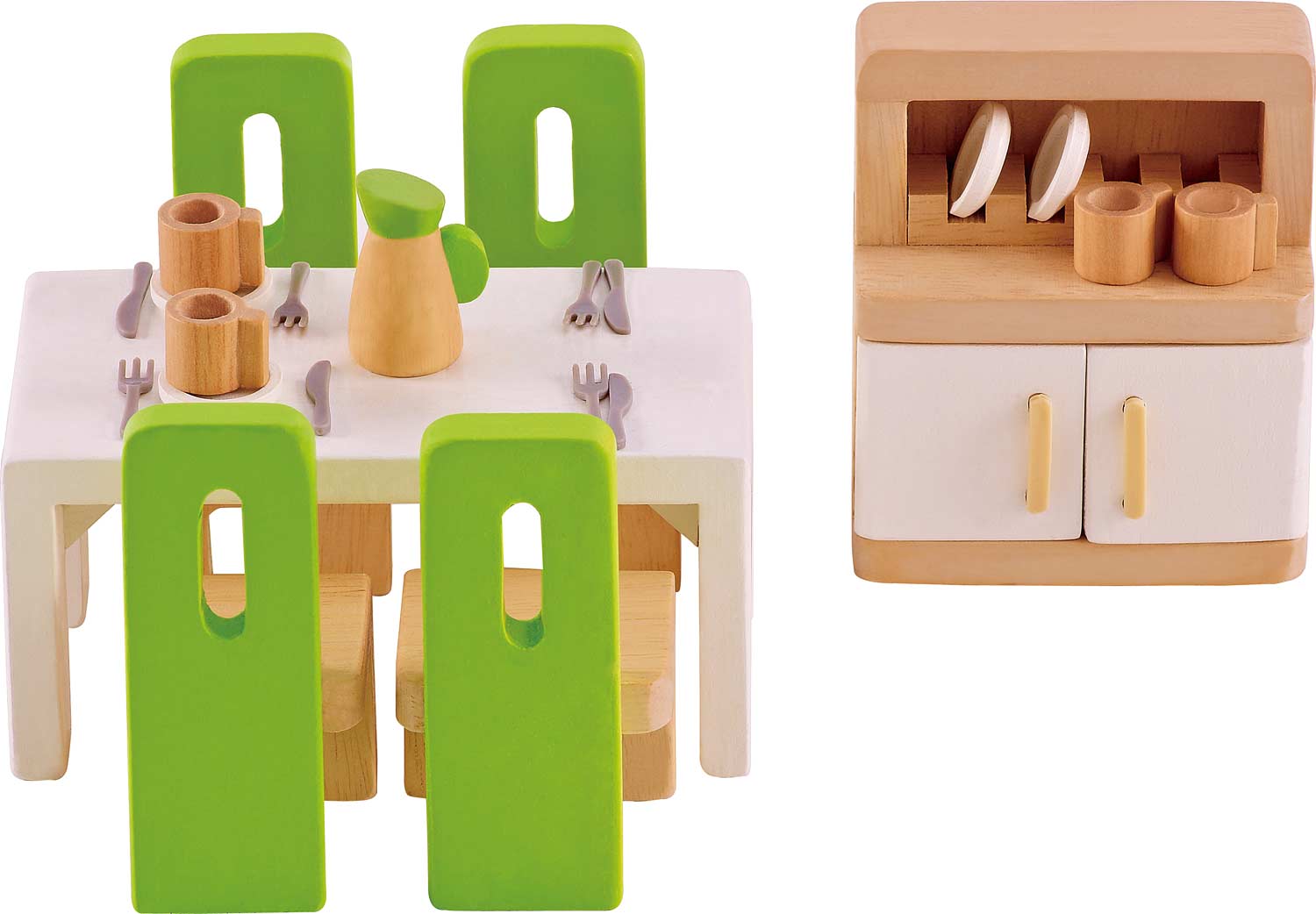
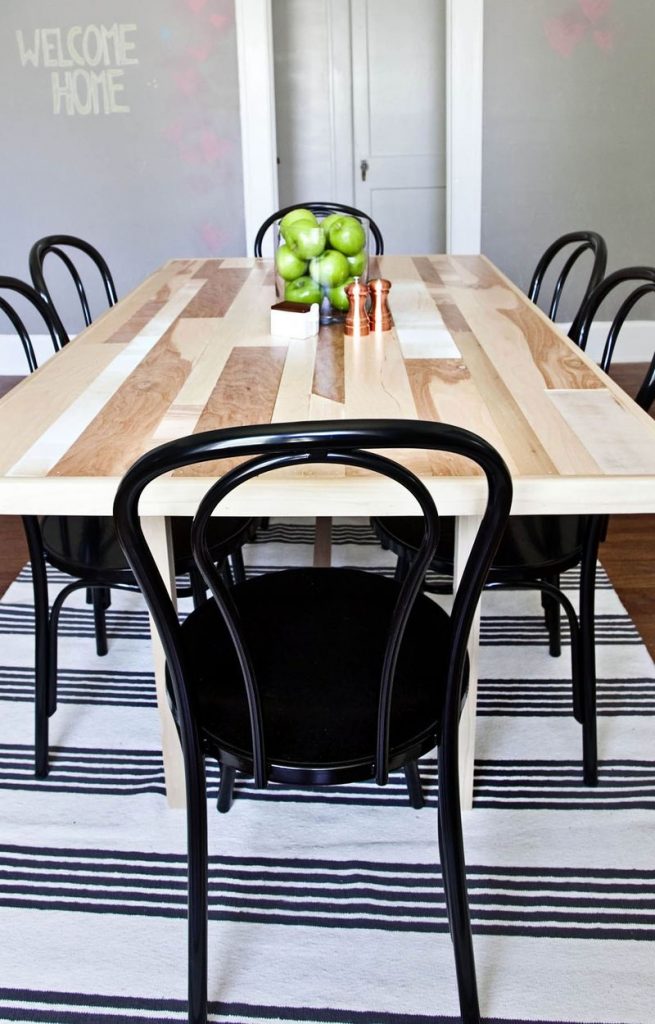











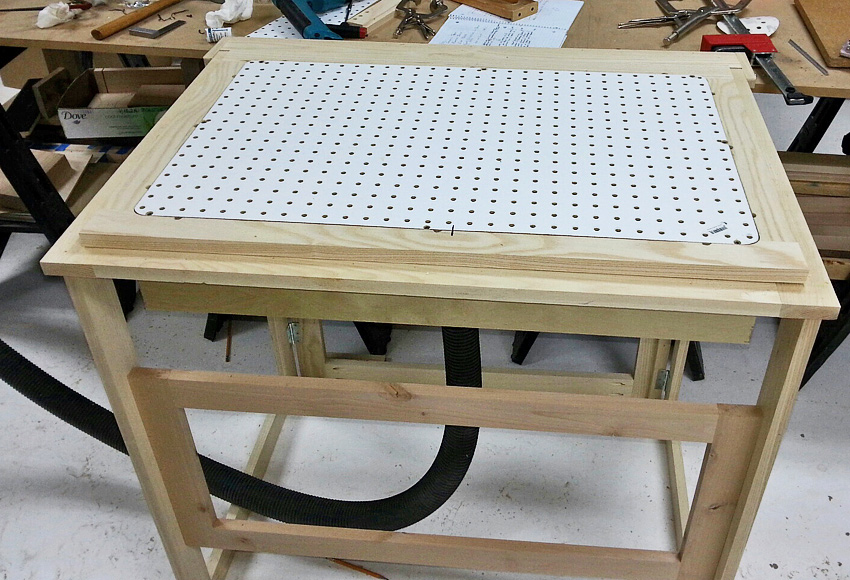





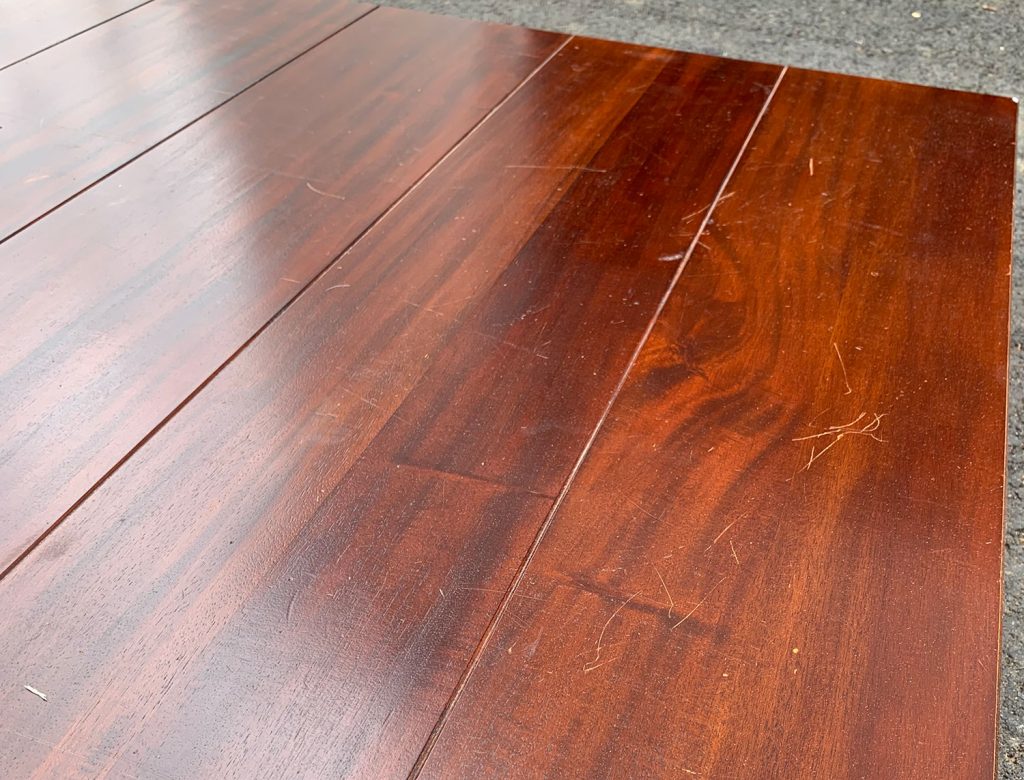
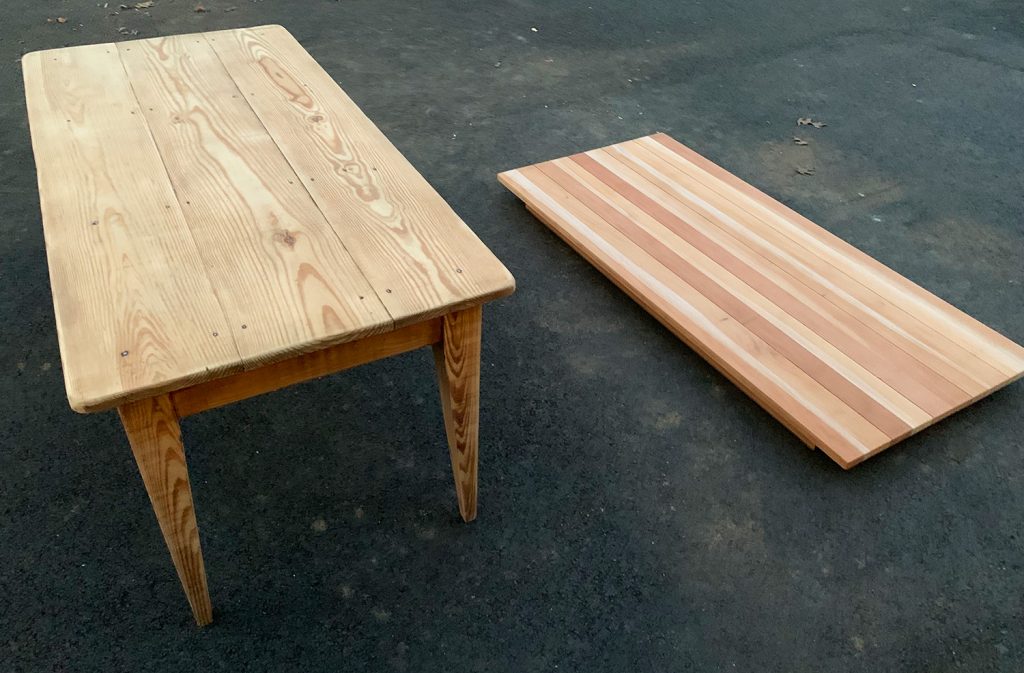



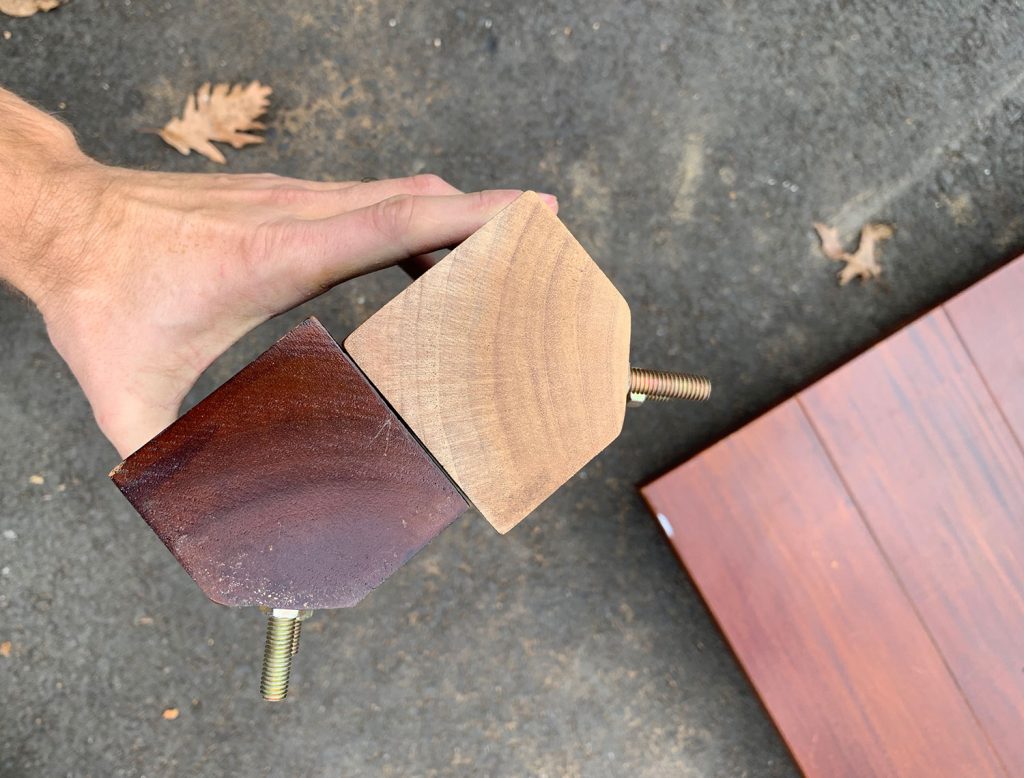


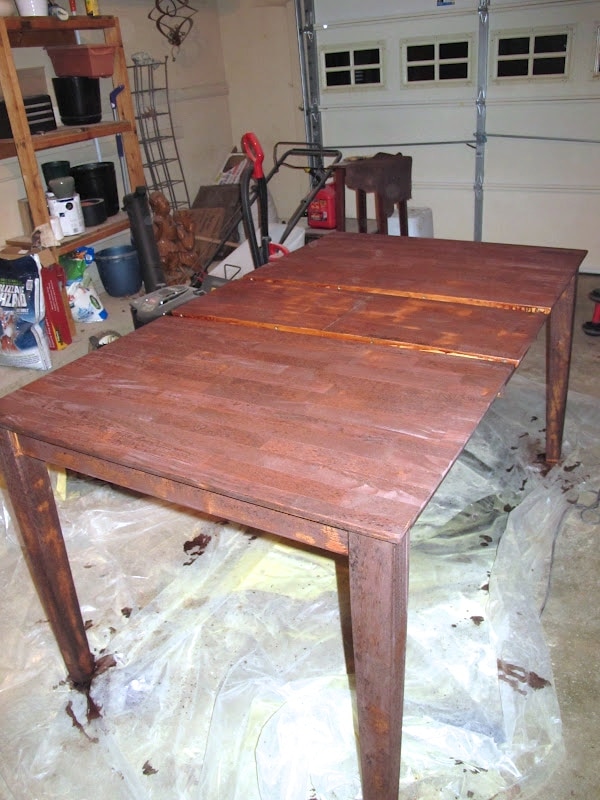
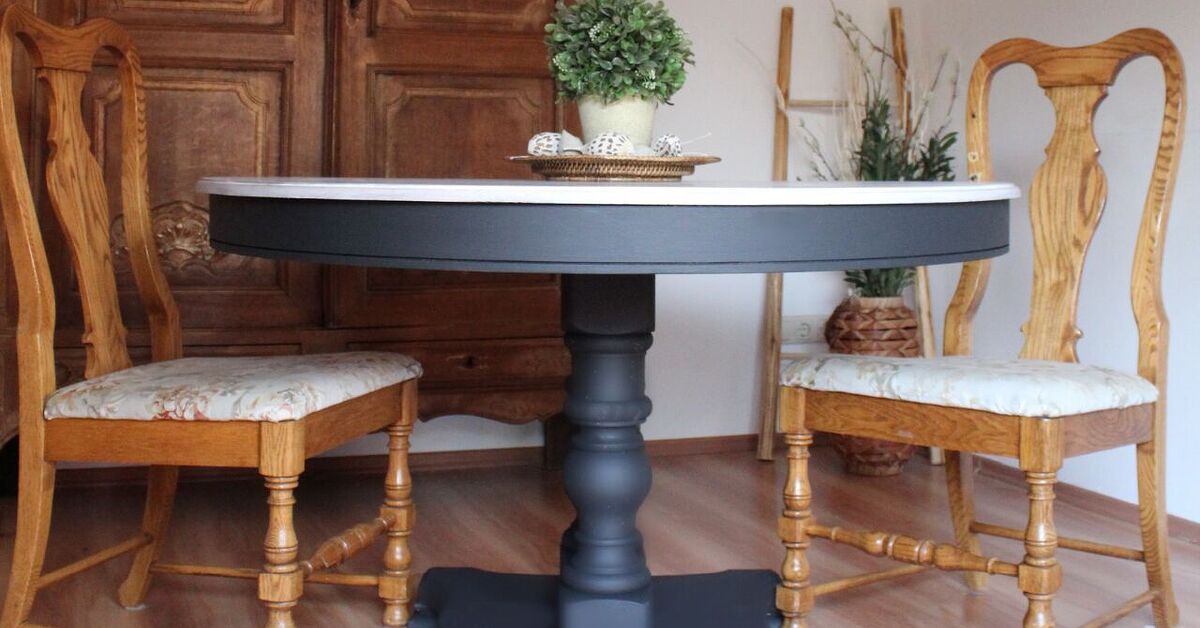


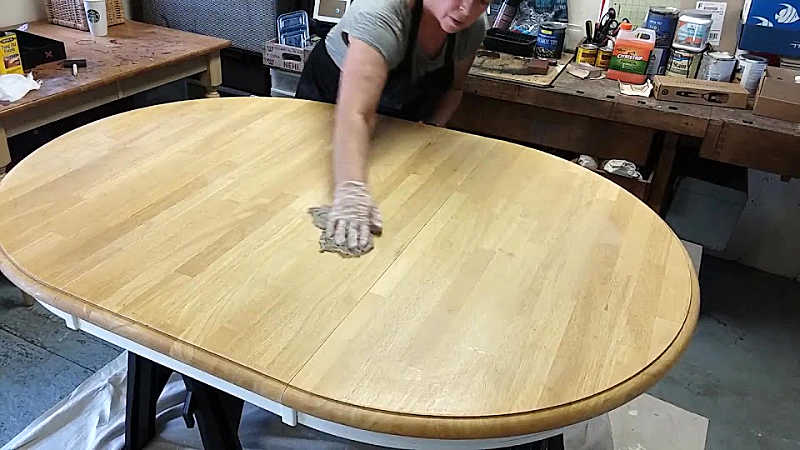


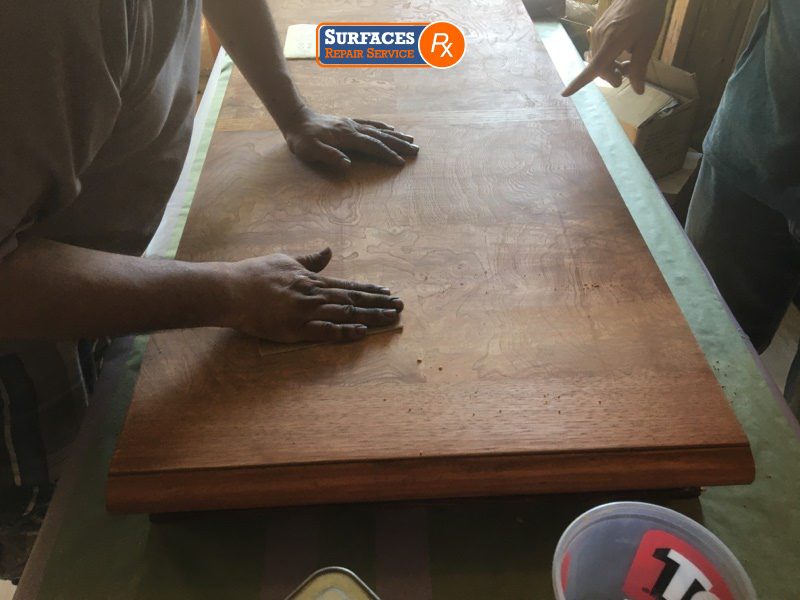









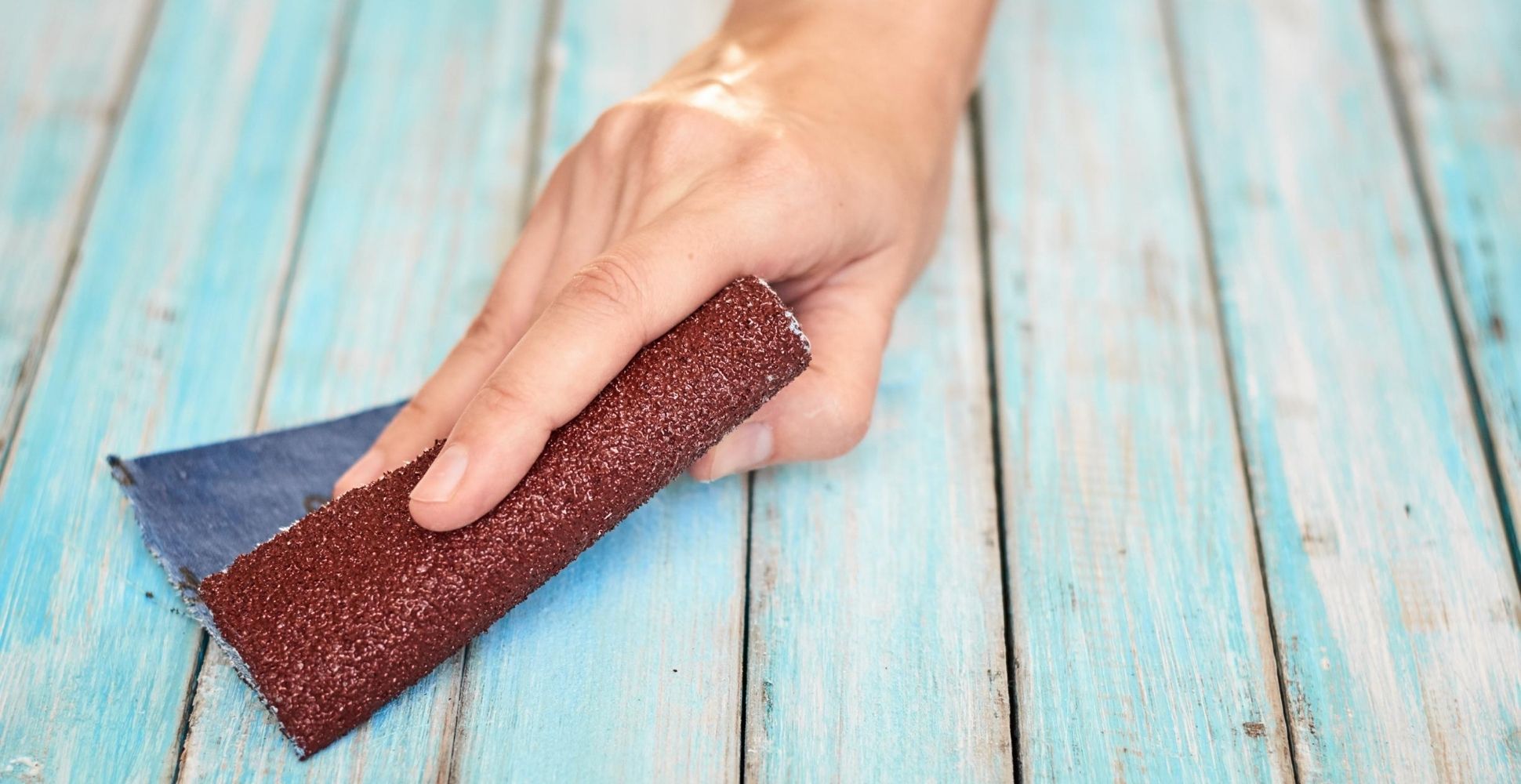
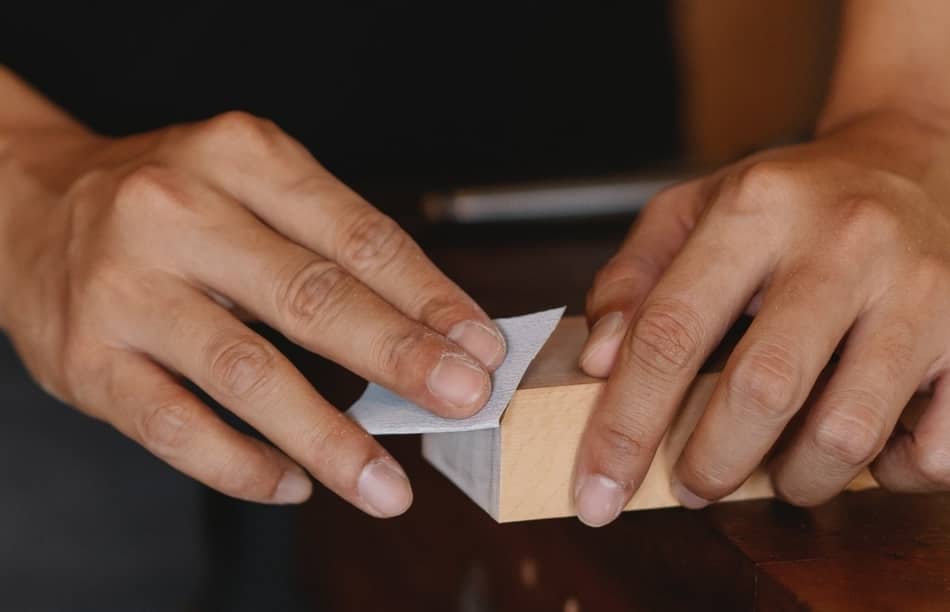

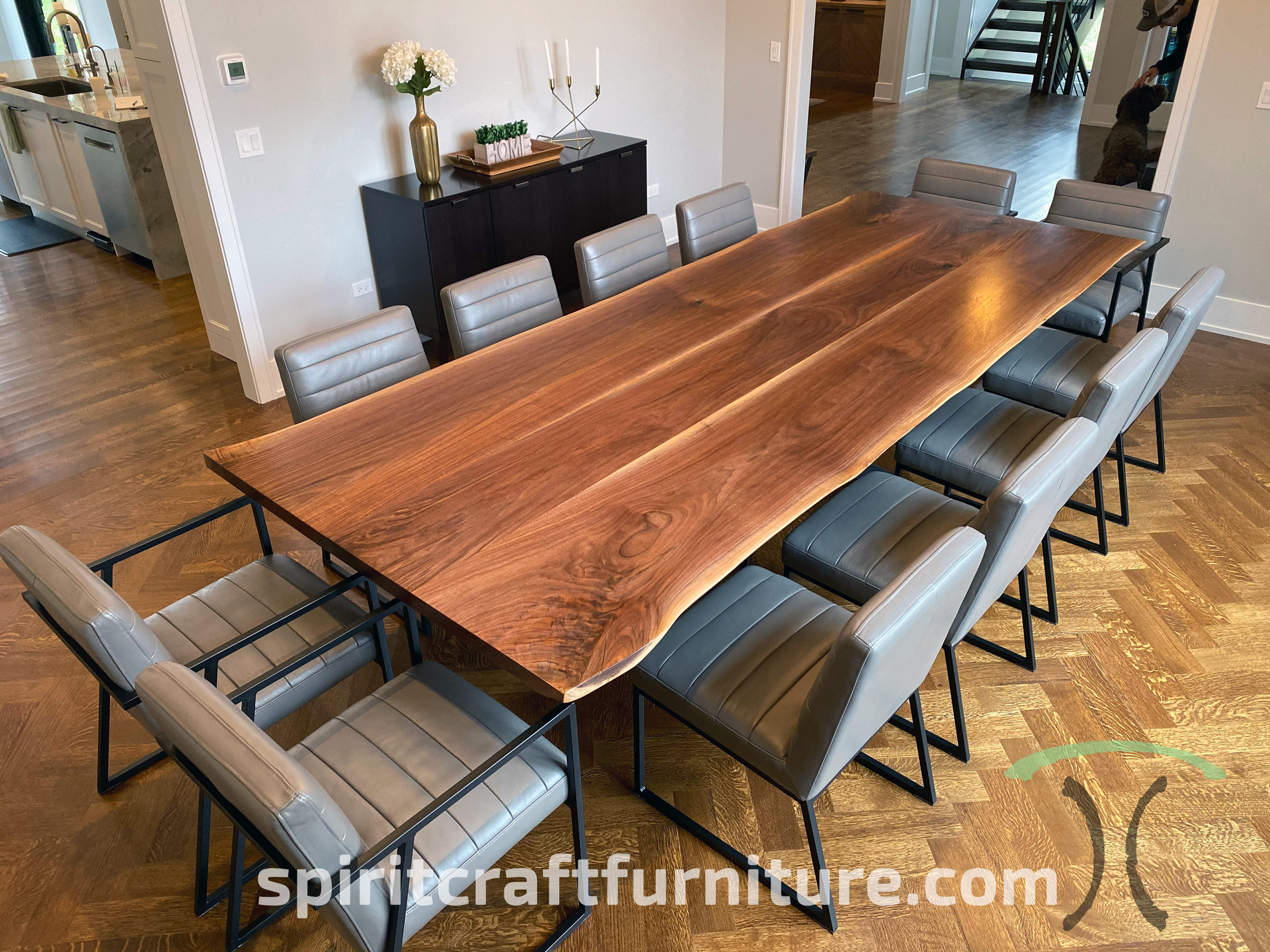


















:max_bytes(150000):strip_icc()/hot-to-hang-a-chandelier-1976284-GIF-V4-f1d9285bc97d4dbab70cdbfacf3caf01.gif)






